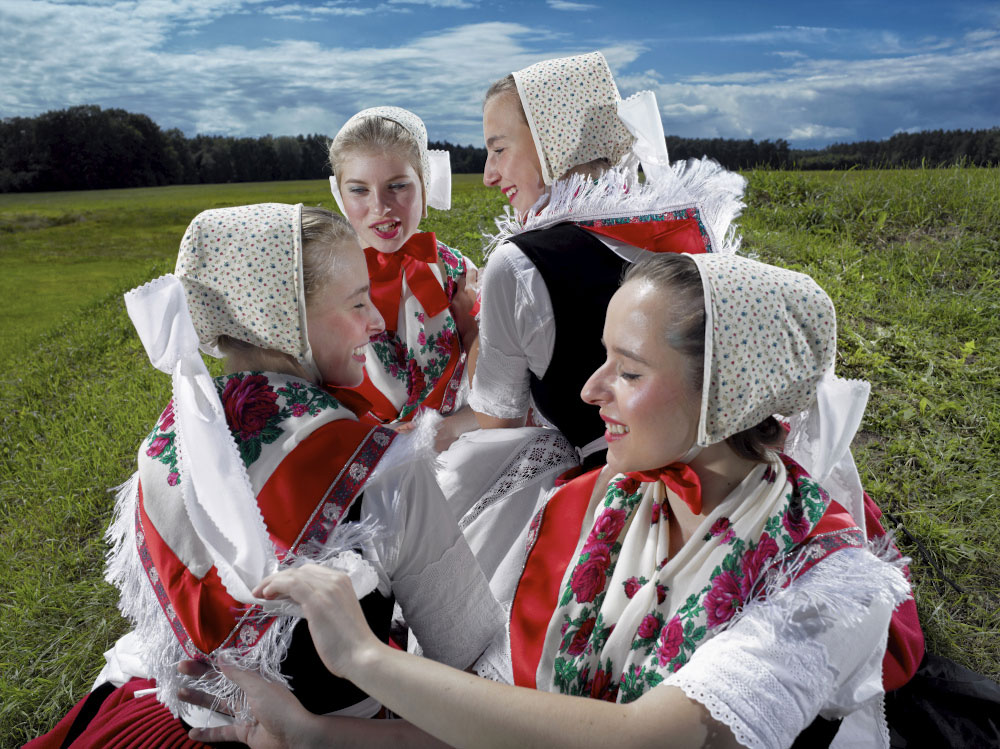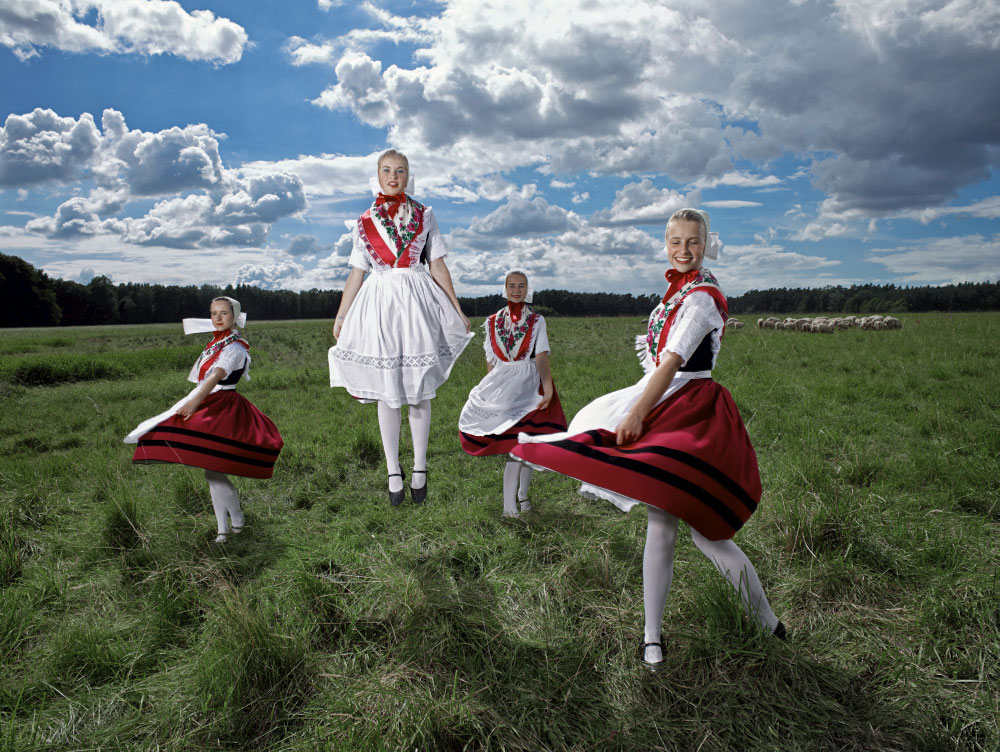They call themselves Sorbs and Wends. Strangers often only notice their existence in Germany’s easternmost region when they see the bilingual town signs that come into view as soon as they cross the rolling hills into this other culture. Here, people defend themselves against the loss of self-will with vigorous dances – both old and new.

Survival on the German fringes
Why are the dances of the Sorbs and Wends not just folklore? Because it was and is good old politics to divide the Upper Lusatians and Lower Lusatians with their two languages, their two religions, into two federal states so that they were more concerned with themselves than with asserting their own culture. Their surprisingly wild dances are not only historic relics, but more and more often also embody punk, zeitgeist, and resistance.
